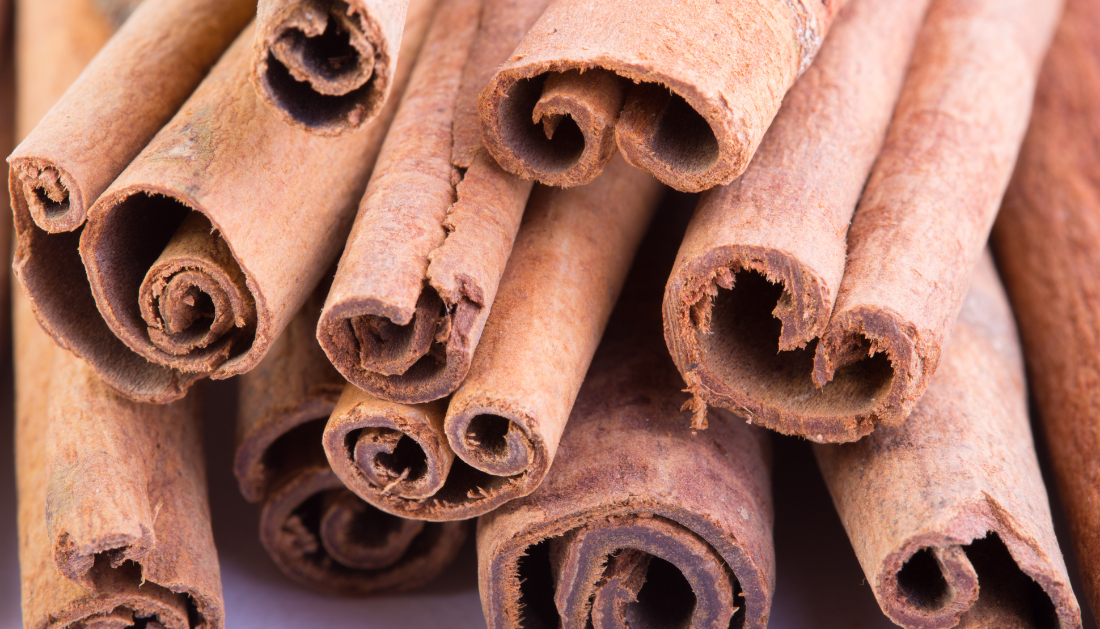

Diabetes has risen to become one of the top causes of death in emerging countries. Physical activity and the use of herbal supplements have been shown to help prevent and treat diabetes. A recent Nutrition and Diabetes study employed diabetic rats to investigate the effects of swimming and cinnamon supplementation on TBC1D1, HbA1C (Hemoglobin A1c), and TBC1D4 (TBC1 Domain Family Member 4).
Recent study has revealed that resistance exercise can improve insulin resistance and lower glucose levels in diabetics.
It may also result in increased levels of meteorin-like protein (MTRNL), which aids in the mobility and transportation of GLUT4, hence contributing to the therapy of insulin resistance.
TBC1D4 and TBC1D1 have two PTB (Phosphotyrosine-binding) domains, a GAP (GTPase-activating Proteins) domain, and a CBD (Calmodulin-binding Domain) domain in common.
Specific upstream kinases regulate them differently in response to various stimuli, including muscle contraction and AMPK (AMP-activated protein kinase).
Glucose transport can be regulated by cinnamon administration and cold water immersion. The former inhibits protein tyrosine phosphatase and increases insulin receptor autophosphorylation, whilst the latter improves glucose tolerance and insulin sensitivity in mice fed high-fat diets.
Concerning the research
Motivated by these findings, the current study examined the effects of eight weeks of cold water swimming and concurrent cinnamon supplementation on TBC1D1, HbA1C levels, and TBC1D4 in diabetic rats.
Rats aged 8 to 10 weeks were chosen for this study and housed under conventional circumstances, including equal periods of darkness and light, 55% humidity, and a temperature between 22 and 24°C.
A healthy control (HC), cold water swimming exercise (S5), warm water swimming exercise (S35), cold water swimming exercise with cinnamon extract supplementation (S5+Ci), warm water swimming exercise with cinnamon supplementation (S35+Ci), diabetic control (DC), and cinnamon supplementation (Ci) were given to the rats in seven groups of 13 each.
Important discoveries
Diabetes and exercise in warm water (35°C) increased TBC1D1 and TBC1D4 levels in comparison to the HC. This is also the first study to show that cinnamon supplementation and swimming in cold water (5°C) lowered TBC1D4 and TBC1D1 levels.
Furthermore, swimming in cold water paired with cinnamon consumption reduced blood glucose levels in diabetic rats.
So far, the effect of warm and cold water on TBC1D1 and TBC1D4 levels has not been established. In this study, cold adaptation reduced insulin sensitivity and glucose tolerance in rats fed a high-fat diet.
TBC1D1 and TBC1D4 phosphorylation levels are increased or remain the same after training, according to research on the long-term effects of TBC1D4.
Overall, exercise increases TBC1D1 and TBC1D4 levels in insulin-stimulated muscles. This effect, together with other training benefits, leads to improved insulin sensitivity.
In comparison to the other groups, the S5 and S5+Ci groups saw a significant drop in HbA1c. The rate of HbA1c also increased with water temperature.
Other studies have found a significant reduction in HbA1c after training in type 2 diabetes patients and healthy individuals, which is consistent with the data presented here.
High-intensity resistance training has been shown to be more beneficial than low-to-moderate-intensity exercise in lowering HbA1c.
The current study did not identify the processes underlying the decrease in TBC1D1 and TBC1D4 levels after drinking cinnamon alone or in varied water temperatures. In the case of HbA1c, however, research is split.
While some studies found that consuming cinnamon supplements had no effect on HbA1c levels, others reported that taking cinnamon on a daily basis could considerably lower HbA1c levels.
Conclusions
The current study looked at how 8 weeks of swimming exercise and cinnamon supplementation affected TBC1D1 (TBC1 domain family member 1), HbA1C (Hemoglobin A1c), and TBC1D4 (TBC1 Domain Family Member 4) levels.
TBC1D1 and TBC1D4 levels were significantly lower in the sub-group of rats that swam in cold water and were given cinnamon supplements than in the other groups. Furthermore, rats who swam in cold water had significantly lower HbA1c levels.
Overall, the findings suggest that exercise in a chilly environment may improve insulin sensitivity and HbA1c levels.
As a result, cinnamon eating and swimming in cold water may be a better option to established treatments for improving glucose indicators.
For more information: Breakthrough in diabetes management: Cold water exercise and cinnamon shows promising results, Nutrition & Diabetes, https://doi.org/10.1038/s41387-023-00256-0
more recommended stories
 Fat-Regulating Enzyme Offers New Target for Obesity
Fat-Regulating Enzyme Offers New Target for ObesityKey Highlights (Quick Summary) Researchers identified.
 Spatial Computing Explains How Brain Organizes Cognition
Spatial Computing Explains How Brain Organizes CognitionKey Takeaways (Quick Summary) MIT researchers.
 Gestational Diabetes Risk Identified by Blood Metabolites
Gestational Diabetes Risk Identified by Blood MetabolitesKey Takeaways (Quick Summary for Clinicians).
 Phage Therapy Study Reveals RNA-Based Infection Control
Phage Therapy Study Reveals RNA-Based Infection ControlKey Takeaways (Quick Summary) Researchers uncovered.
 Pelvic Floor Disorders: Treatable Yet Often Ignored
Pelvic Floor Disorders: Treatable Yet Often IgnoredKey Takeaways (Quick Summary) Pelvic floor.
 Urine-Based microRNA Aging Clock Predicts Biological Age
Urine-Based microRNA Aging Clock Predicts Biological AgeKey Takeaways (Quick Summary) Researchers developed.
 Circadian Control of Neutrophils in Myocardial Infarction
Circadian Control of Neutrophils in Myocardial InfarctionKey Takeaways for HCPs Neutrophil activity.
 E-Cigarette Use and Heart Attack Risk in Former Smokers
E-Cigarette Use and Heart Attack Risk in Former SmokersKey Takeaways for Clinicians and Nurses.
 Ultramarathon Physiology: What HCPs Should Know?
Ultramarathon Physiology: What HCPs Should Know?Ultramarathon Metabolism: What Happens to the.
 High-Intensity Training and Oxidative Stress Insights
High-Intensity Training and Oxidative Stress InsightsNew Evidence Linking High-Intensity Training and.

Leave a Comment